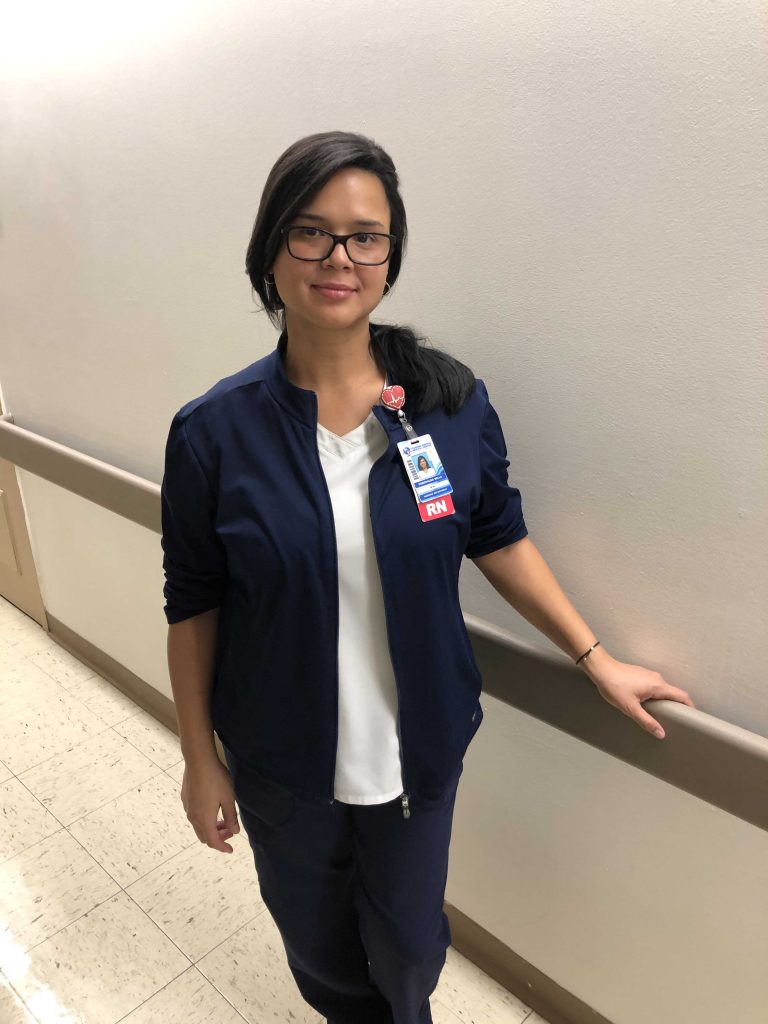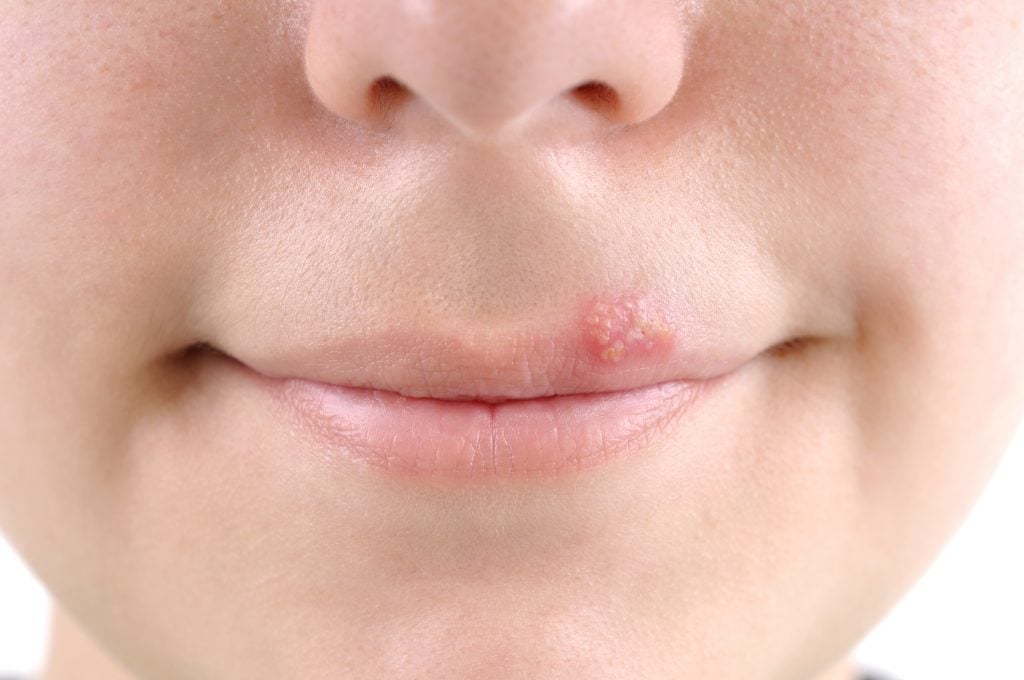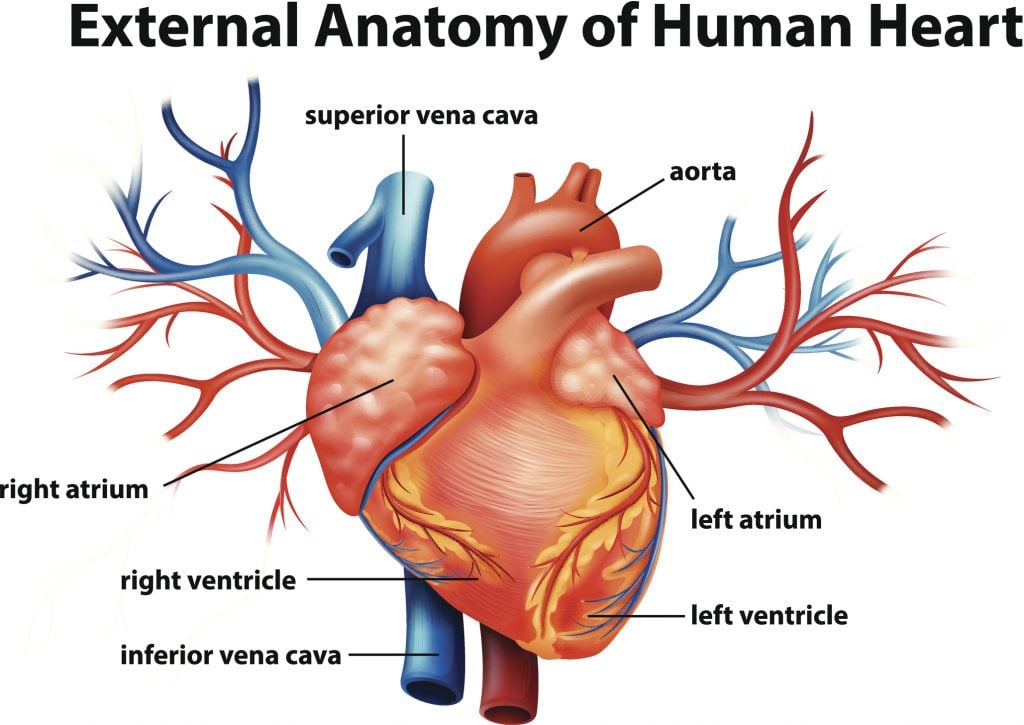Nausea and vomiting are two unpleasant feelings that most everyone has encountered at some point in their life, but for many diabetics, these are symptoms that they live with every day as a result of a condition known as diabetic gastroparesis.

Gastroparesis, also known as delayed gastric emptying, is a known complication of both the type 1 and type 2 forms of diabetes. It occurs because high blood glucose levels associated with diabetes often leads to nerve damage throughout the body. One such nerve is the vagus nerve. It controls the movement of food from the stomach into the small intestine. When it is damaged, food cannot move as quickly through the digestive system because the stomach muscles aren’t working well or stop working completely. When undigested food remains in the stomach for too long it can lead to a variety of problems such as bacterial overgrowth and the build-up of hardened, solid masses.
It is estimated at as many as 50% of all people living with diabetes develop some level of gastroparesis during their lifetime, but symptoms can vary greatly from person to person.
The most common symptoms associated with diabetic gastroparesis include:
- Nausea after eating
- Vomiting after eating
- Fullness after eating small amount of food
- Bloating
- Pain in the upper section of your stomach
- Lack of appetite
- Heartburn
- Unexplained weight loss
Diabetic gastroparesis can affect lead to many complications including dehydration and malnutrition. It can also make it hard for someone with diabetes to manage their blood sugar levels as well as maintain a healthy weight.
Unfortunately, there is no cure for gastroparesis, but there are some medications that have shown temporary relief. There are also some alternative food delivery methods available, such as feeding tubes and IV nutritional therapy for those with severe symptoms.
The best way to reduce the symptoms of diabetic gastroparesis involves adjusting your lifestyle through:
- Maintaining a low fat / low fiber diet
- Drinking plenty of water
- Reducing stress levels
- Quitting smoking
- Avoiding alcohol and carbonated beverages
- Eating small meals and chewing your food slowly
- Taking walks after meals
It is also recommended that you talk to your doctor about any medications you are taking as they can also worsen gastroparesis symptoms.
If you would like to make an appointment with a diabetes specialist at Flushing Hospital’s Ambulatory Care Center, please call 718-670-5486.
All content of this newsletter is intended for general information purposes only and is not intended or implied to be a substitute for professional medical advice, diagnosis or treatment. Please consult a medical professional before adopting any of the suggestions on this page. You must never disregard professional medical advice or delay seeking medical treatment based upon any content of this newsletter. PROMPTLY CONSULT YOUR PHYSICIAN OR CALL 911 IF YOU BELIEVE YOU HAVE A MEDICAL EMERGENCY.









